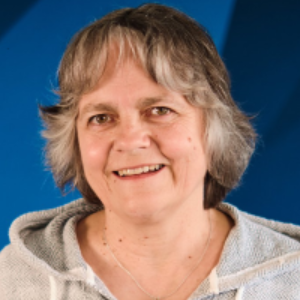Title : Cell or cell-less therapy for treatment of neurological disorders, what is the option?
Abstract:
Various types of stem cells have been proposed to be an effective, safe and feasible alternative method for the treatment of neurological disorders. Stem cell transplantation can reduce oxidative stress, prevent apoptosis, promote the function of spared axons, induce new axon growth or replace lost cells, which all leads to functional improvement or reduced neuronal degeneration. Transplantation of stem cells directly into nervous tissue have some limitations, including additional damage due to invasive application, and risk of immune response, therefore intrathecal application of stem cells or their secretome as cell-less therapy might be an option. We studied the paracrine effect of stem cells from different sources – mesenchymal stem cells (MSCs), derived either from bone marrow or Wharton Jelly or human induced pluripotent stem cell-derived neural precursors (iPS-NPs) – for the treatment of a spinal cord injury (SCI) or Amyotrophic lateral sclerosis (ALS). Cells were applied intrathecally, or we used their secretome. In SCI model, we observed the effect of cell grafting on reduced glial scar, spared tissue and levels of secreted cytokines. Cell transplantation resulted in significant downregulation of TNF-α production. To assess the effectivity of the MSC treatment, different dosages and repeated applications were compared. Histochemical analyses revealed a gradually increasing effect of grafted cells, resulting in a significant increase in axonal sprouting, spared gray matter and reduced astrogliosis. MSC-secretome was compared with cell grafting and had similar effect as cell application. In ALS model of SOD1 rats, intrathecal application of MSCs reduced motoneuron death and increased life span of the animals. Our results demonstrate that the transplantation of stem cells or their secretome can trigger long lasting improvement of functional outcome even without robust cell survival. The effect of MSCs on neural tissue regeneration is dose-dependent and is potentiated by repeated application



